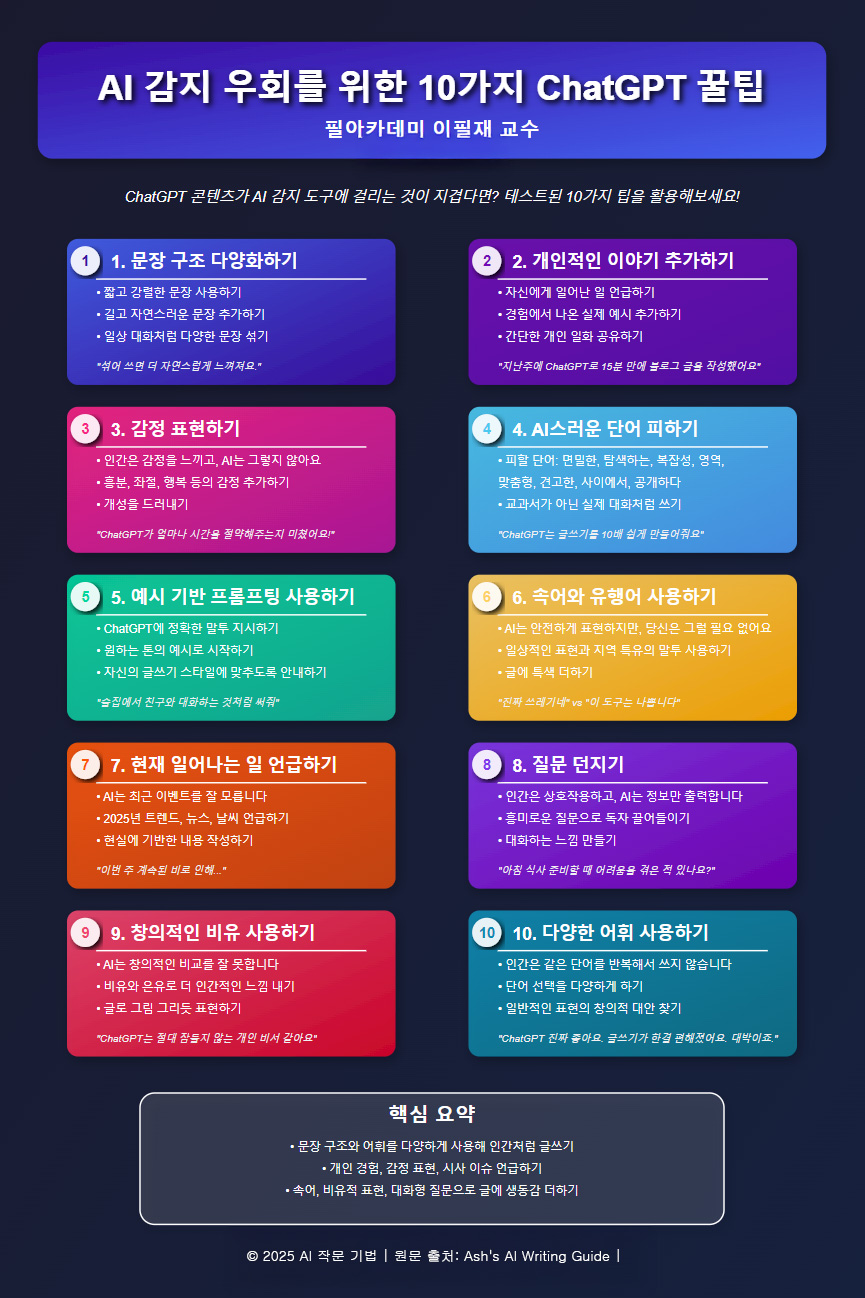How to Optimize Your Blog Posts for Length, Readability, and SEO
Executive Summary
In today’s competitive online landscape, it’s crucial to optimize your blog posts for length, readability, and SEO to rank higher in search results and engage your audience. This comprehensive guide provides proven strategies and actionable steps to elevate your content and achieve maximum impact.
Introduction
Creating high-quality blog posts that resonate with readers and drive traffic to your website requires a holistic approach. This guide will explore the key factors involved in optimizing blog posts for length, readability, and SEO, empowering you to craft content that stands out, captivates your audience, and improves your search engine visibility.
FAQs
Q1: How long should my blog posts be?
A1: The optimal blog post length varies depending on the topic and target audience. In general, aiming for a range of 800-1,200 words provides a balance between comprehensive content and readability.
Q2: How can I improve the readability of my blog posts?
A2: Enhance readability by using clear and concise language, breaking up large blocks of text with subheadings, using bullet points and lists, and considering text formatting like bolding and italics.
Q3: What are the most important SEO factors to consider?
A3: For effective SEO, focus on optimizing your blog post’s title and meta description, incorporating relevant keywords throughout the content, building high-quality backlinks, and ensuring your website is mobile-optimized.
Subtopics
Content Structure and Flow
- Logical Organization: Structure your blog post with a clear introduction, body paragraphs, and a conclusion, ensuring a smooth flow of information.
- Subheadings and Bullet Points: Use subheadings to break up large sections of text, and employ bullet points and lists to enhance readability and organization.
- Linking and Cross-Referencing: Interlink your blog posts and refer to relevant content within the same post to enhance user experience and SEO.
Keyword Research and Optimization
- Relevant Keywords: Conduct thorough keyword research to identify the terms and phrases your target audience is searching for.
- Keyword Placement: Integrate keywords naturally throughout your blog post’s title, meta description, headings, and content.
- LSI Keywords: Utilize Latent Semantic Indexing (LSI) keywords, which are semantically related to your primary keywords, to improve content relevancy and ranking.
Readability and Engagement
- Clear and Concise Language: Use simple, straightforward language that is easy for your readers to understand.
- Sentence Structure and Variation: Mix short and long sentences to maintain reader interest and improve readability.
- Active Voice and Strong Verbs: Write in the active voice and use strong, descriptive verbs to make your content more engaging.
SEO Optimization
- Page Title and Meta Description: Craft a compelling page title and meta description that accurately reflects your blog post’s content and effectively entices users to click.
- Headings and Tags: Utilize header tags (H1, H2, etc.) to structure your content and incorporate keywords naturally.
- Backlinks: Acquire high-quality backlinks from reputable websites to improve your website’s authority and search engine ranking.
Conclusion
By following the strategies and tips outlined in this guide, you can optimize your blog posts for length, readability, and SEO, enhancing your content’s visibility, engaging your audience, and driving traffic to your website. Remember to consistently evaluate and refine your content to stay ahead in the ever-evolving digital landscape.
Keyword Tags
- Content Optimization
- Blog Post Optimization
- Readability
- SEO
- Keyword Research







